To outward appearances, the US oil and gas industry is in the midst of a decade-long boom. Hydraulic fracturing, or “fracking,” has unleashed a torrent of oil and gas production, lifting output to all-time highs and fueling dreams of American energy dominance on the global stage.
Yet in financial terms, America’s fracking boom has been a world-class bust. Despite significant technological advances—and an influx of hundreds of billions of dollars of capital—fracking companies have spent far more on drilling than they’ve made selling oil and gas.
A research brief published jointly today by Sightline and the Institute for Energy Economics and Financial Analysis tracks cash flows and other financial metrics for 33 publicly traded oil and gas fracking companies at the epicenter of the fracking boom.
Some of our key findings:
- In the first half of 2018, US fracking-focused oil and gas companies continued their eight-year cash flow losing streak.
- Despite more than two years of rising oil prices, oil and gas fracking companies spent $3.9 billion more on drilling from January through June than they generated by selling oil and gas.
- Frackers dipped into cash reserves to fund capital expenditures and shareholder payouts.
These disappointing results come on the heels of a decade of bleak financial performance by the fracking sector, which has consistently failed to produce enough cash to satisfy its thirst for capital. Time and again, these companies have returned to capital markets for new infusions of cash—racking up enormous long-term debts and legions of frustrated investors.
Negative cash flows in early 2018, though disappointing, represented an improvement over early 2016 and 2017, when these companies outspent their operating cash flows by $11 billion and $7.2 billion, respectively.
Although the run-up in oil prices during the third quarter of this year may help oil and gas companies improve cash flows, a key question remains: Will fracking companies produce enough cash, and for long enough, to cover both capital outlays and payouts to investors?
Only nine of the 33 companies had positive free cash flows for the first half of the year. Poor performance spanned the sector: sub-groupings of oil-focused, gas-focused, and diversified companies all failed to cover their capital expenditures with internally generated cash flows. As a whole, these companies depleted $5 billion in cash reserves from January through June to keep capital projects on track while sustaining distributions to investors.
By definition, a healthy, mature industry generates enough cash to pay for new capital spending while also paying down old debts and rewarding equity investors. Yet fracking companies have produced such weak results across the board that investors will struggle to identify firms blue-chip companies in the sector.
Moving forward, capturing investment gains from the sector will require diligent, company-by-company evaluation of each firm’s financial and geological fundamentals. Until the industry as a whole improves, producing both sustained profits and consistently positive cash flows, careful investors would be wise to view fracking companies as speculative investments.
Full research brief: “Energy Market Update: Red Flags on Fracking”
This commentary was published in affiliation with the Institute for Energy Economics and Financial Analysis. Tom Sanzillo is IEEFA’s director of finance, and Kathy Hipple is an IEEFA financial analyst.

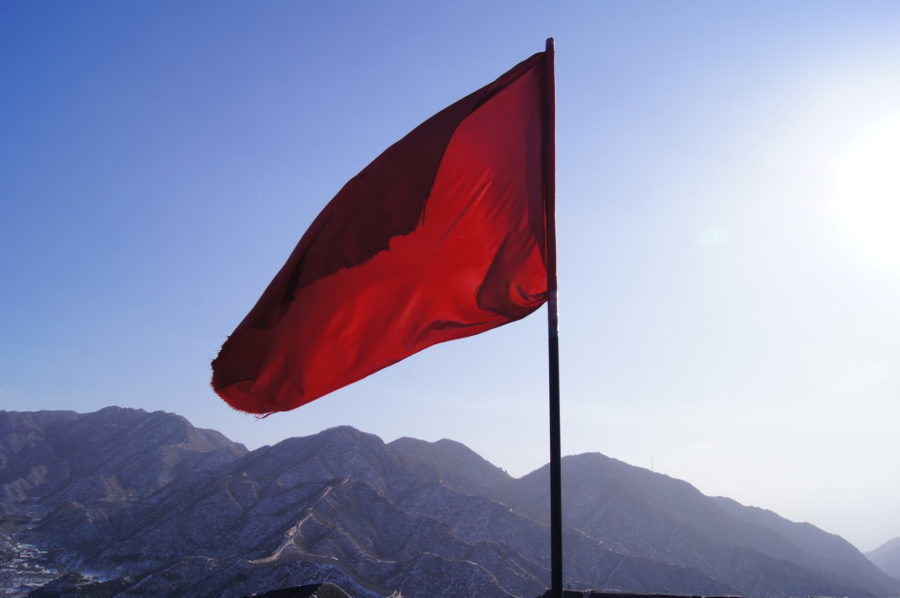
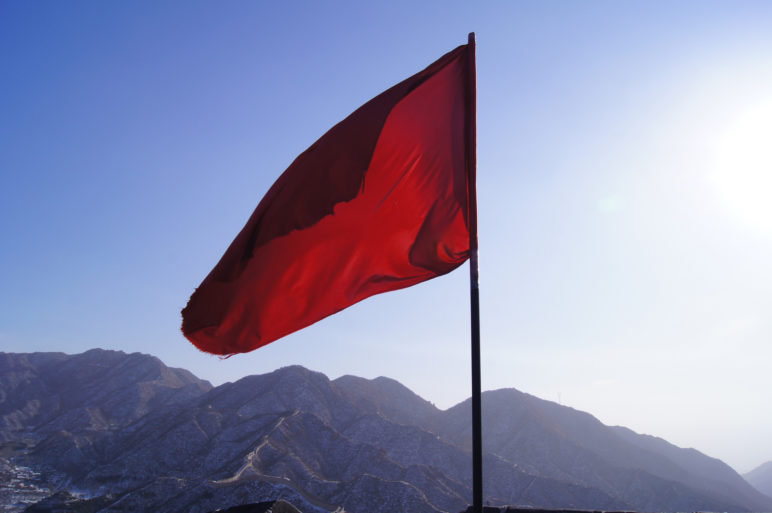



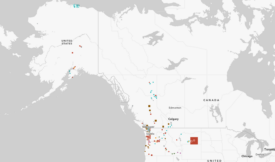
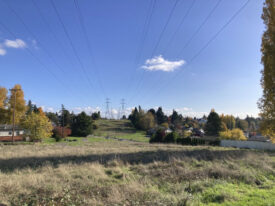
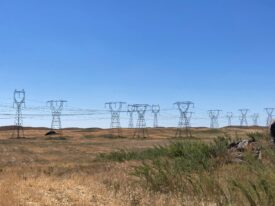

John Bremer
Nevertheless, our local philanthropist Bill Gates makes out like a bandit shipping fracked fossil fuels on the BNSF, wholly owned by Berkshire Hathaway, of which he owns $10 billion of shares through his personal taxpayer-subsidized foundation trust. Gates is in a position to do something about Berkshire Hathaway’s fossil fuel operations through his seat on the board of directors. Meanwhile he gathers plaudits for his share in a $100 million investment fund that in the future will invest in potentially profitable clean energy start ups. $10 billion is 100 times $100 million.
chip
You can make a difference for all of Mankind!!!!! Please consider our environment other than money!!!!!
Paul
NASA film free to watch, about their research into space based solar power… The technology was proved feasible!
http://www.nss.org/settlement/ssp/sspnasavideo.htm
———————————————————————————–
National security professionals recognize the importance of clean renewable energy.. By staying out of resource conflicts and having a more reliable stable supply of energy with clean renewable sources the logic for investing in clean energy is self evident.. Here is a study from the National Security Space Office that demonstrates such pragmatic thinking…
Space‐Based Solar Power
As an Opportunity for Strategic Security
http://www.nss.org/settlement/ssp/library/nsso.htm
———————————————————————————————
Todd Cory
“NASA film free to watch, about their research into space based solar power… The technology was proved feasible!”
i am sorry, but worshiping the god of technology will not save us from the “limits to growth”… and solar pv / wind are not “renewable”.
the only “renewable energy” is photosynthesis, and that cannot support 7.7 billion rapacious humans, increasing at 1,000,000 every 4.5 days.